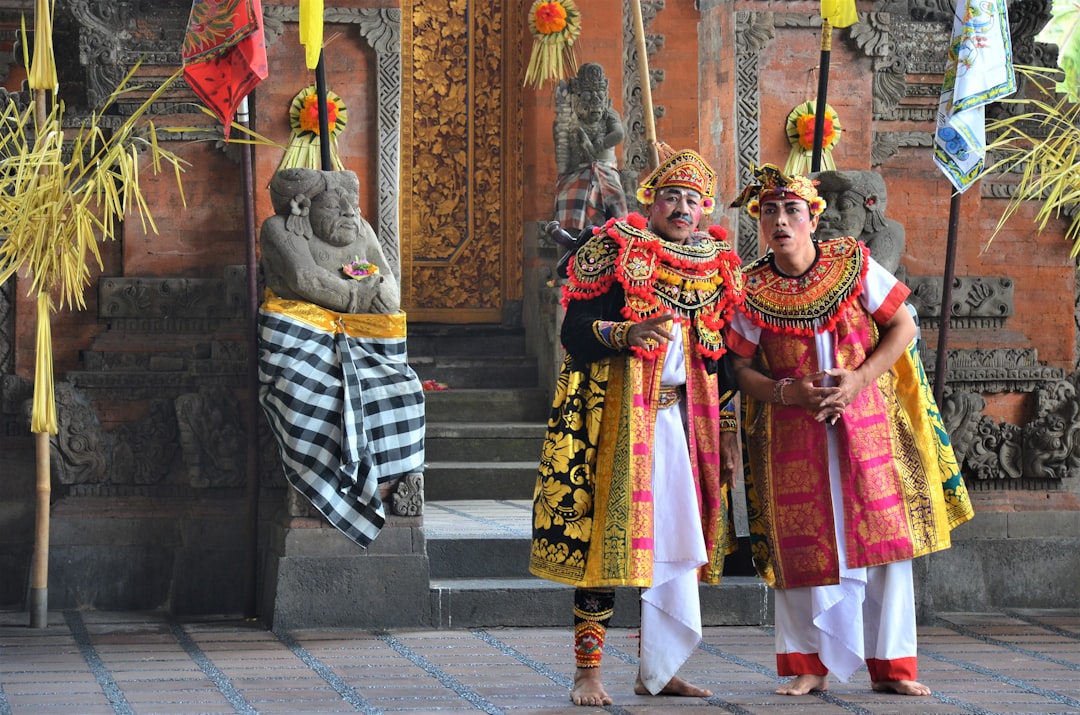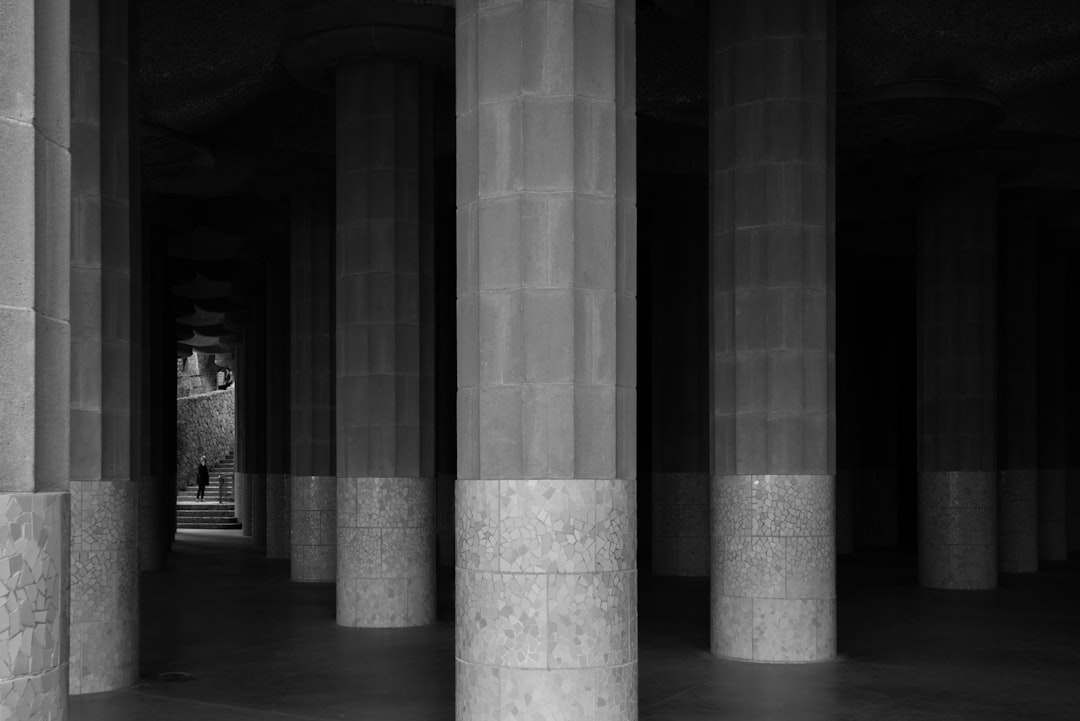The Tree of Life necklace is a powerful emblem that resonates with many individuals across various cultures and belief systems. At its core, the Tree of Life symbolizes interconnectedness, growth, and the cyclical nature of life. The roots of the tree represent our foundation and ancestry, grounding us in our past, while the branches reach upward, signifying aspirations, dreams, and the potential for personal development.
This duality encapsulates the essence of human experience—our past informs our present, and our future is shaped by our choices and growth. Moreover, the Tree of Life serves as a reminder of the importance of nurturing relationships. Just as a tree thrives through its roots, trunk, and branches, so too do we flourish through our connections with family, friends, and community.
Wearing a Tree of Life necklace can be a personal statement about one’s values and beliefs, serving as a daily reminder to cultivate these relationships and to honor the journey of life itself. The intricate designs often found in these necklaces further enhance their symbolism, with each twist and turn representing the unique paths we take in life.
Key Takeaways
- The Tree of Life necklace symbolizes growth, strength, and connection to the earth.
- The Tree of Life symbol has roots in various ancient cultures and religions, including Celtic, Norse, and Christian traditions.
- Different cultures interpret the Tree of Life as a symbol of wisdom, rebirth, and interconnectedness of all living things.
- Tree of Life necklaces come in various designs and materials, making them suitable for both casual and formal wear.
- When choosing a Tree of Life necklace, consider the meaning, design, and material that resonate with your personal style and beliefs.
The History and Origins of the Tree of Life Symbol
The origins of the Tree of Life symbol can be traced back to ancient civilizations, where it held significant meaning in various mythologies and religious texts. In many cultures, the tree is seen as a bridge between heaven and earth, embodying the connection between the divine and the mortal realm. For instance, in ancient Mesopotamian mythology, the Tree of Life was often depicted in art and literature as a source of immortality and divine wisdom.
Similarly, in the biblical context, the Tree of Life appears in the Book of Genesis, symbolizing eternal life and divine presence in the Garden of Eden. As time progressed, the Tree of Life motif spread across different cultures and religions, each adapting its meaning to fit their beliefs. In Norse mythology, Yggdrasil, the World Tree, connects all nine realms of existence, illustrating the interconnectedness of all beings.
In Hinduism, the Ashvattha tree is revered as sacred, representing the eternal cycle of life and death. This rich tapestry of interpretations highlights how the Tree of Life has transcended geographical boundaries and historical epochs, evolving into a universal symbol that continues to inspire and resonate with people today.
Different Cultural Interpretations of the Tree of Life

The Tree of Life is not merely a singular symbol; it embodies a multitude of interpretations across various cultures. In Celtic tradition, for example, the tree is seen as a sacred entity that connects the physical world with the spiritual realm. The Celts believed that trees were living beings with their own spirits, and they often used them in rituals to honor nature and seek guidance from their ancestors.
The intricate knotwork often associated with Celtic designs further emphasizes the idea of eternity and interconnectedness. In contrast, in African cultures, the Tree of Life often symbolizes community and family ties. The baobab tree, known as the “Tree of Life,” is revered for its ability to provide sustenance through its fruit and shade.
It serves as a gathering place for communities, where stories are shared and traditions are passed down through generations. This communal aspect highlights how different cultures interpret the Tree of Life not just as an individual symbol but as a representation of collective identity and heritage.
The Beauty and Versatility of Tree of Life Necklaces
| Feature | Description |
|---|---|
| Material | Sterling silver, gold, or other metals |
| Design | Tree of life symbol with intricate branches and roots |
| Meaning | Represents growth, strength, and connection to nature |
| Style | Can be worn as a pendant or incorporated into other jewelry |
| Occasions | Suitable for everyday wear or special occasions |
| Symbolism | Often associated with family, heritage, and spirituality |
Tree of Life necklaces are celebrated not only for their profound symbolism but also for their aesthetic appeal. Crafted from various materials such as silver, gold, or even wood, these necklaces can range from simple designs to intricate pieces adorned with gemstones. The versatility in design allows individuals to choose a necklace that resonates with their personal style while still embodying the deeper meanings associated with the Tree of Life.
The beauty of these necklaces lies in their ability to complement various outfits and occasions. A delicate silver Tree of Life pendant can add a touch of elegance to a casual ensemble, while a more ornate design featuring colorful gemstones can serve as a statement piece for formal events. This adaptability makes them popular gifts for significant life events such as graduations, weddings, or birthdays, symbolizing growth and new beginnings.
How to Choose the Right Tree of Life Necklace for You
Selecting the perfect Tree of Life necklace involves considering several factors that align with your personal style and values. First and foremost, think about the material that resonates with you. Silver is often associated with clarity and intuition, while gold symbolizes wealth and prosperity.
Additionally, consider whether you prefer a minimalist design or something more elaborate; this choice can reflect your personality and how you wish to express your connection to the symbolism behind the necklace. Another important aspect to consider is the size and length of the necklace chain. A longer chain can create a more dramatic look and can be layered with other necklaces for a trendy effect.
Conversely, a shorter chain may offer a more classic appearance that sits close to the heart. Ultimately, choosing a Tree of Life necklace should be an expression of your individuality—one that you feel connected to on both an aesthetic level and a deeper emotional or spiritual level.
The Spiritual and Healing Properties of Tree of Life Necklaces

Beyond their aesthetic appeal and symbolic significance, Tree of Life necklaces are often associated with various spiritual and healing properties. Many believe that wearing such a necklace can promote emotional balance and stability by serving as a reminder to stay grounded amidst life’s challenges. The tree’s roots symbolize strength and resilience, encouraging wearers to remain steadfast in their beliefs while navigating through life’s ups and downs.
Additionally, some practitioners of holistic healing associate specific gemstones used in Tree of Life necklaces with various healing properties. For instance, amethyst is thought to promote calmness and clarity, while rose quartz is linked to love and compassion. By choosing a necklace that incorporates these stones alongside the Tree of Life design, individuals may find themselves not only wearing a beautiful piece but also embracing its potential healing energies.
How to Care for and Maintain Your Tree of Life Necklace
To ensure that your Tree of Life necklace remains beautiful for years to come, proper care and maintenance are essential. Depending on the material used—be it silver, gold, or another metal—cleaning methods may vary. For silver necklaces prone to tarnishing, using a soft cloth specifically designed for cleaning jewelry can help restore its shine without scratching the surface.
It’s advisable to store your necklace in a cool, dry place away from direct sunlight to prevent discoloration or damage. If your necklace features gemstones or intricate designs, extra care should be taken during cleaning to avoid dislodging any stones or damaging delicate components. A gentle soap solution can be used for cleaning gemstones; however, it’s crucial to rinse thoroughly afterward to remove any soap residue.
Ways to Style and Wear Tree of Life Necklaces
Styling a Tree of Life necklace offers endless possibilities due to its versatile nature. For casual outings or everyday wear, pairing it with simple tops or dresses allows the necklace to stand out without overwhelming your look. Layering it with other necklaces can create an on-trend bohemian vibe; consider mixing different lengths or styles for an eclectic appearance that showcases your personality.
For more formal occasions, wearing a Tree of Life necklace over an elegant dress can add a unique touch that sparks conversation.
Additionally, wearing it close to your heart serves as a personal reminder of your values and connections throughout your day-to-day life.
Whether dressed up or down, a Tree of Life necklace remains an enduring accessory that beautifully intertwines style with significance.
FAQs
What is a tree of life necklace?
A tree of life necklace is a piece of jewelry that features a pendant in the shape of a tree with branches and roots. It is often symbolic of the interconnectedness of all living things and the continuity of life.
What materials are tree of life necklaces made from?
Tree of life necklaces can be made from a variety of materials, including sterling silver, gold, rose gold, brass, and various gemstones. The pendant may also be adorned with crystals, beads, or other decorative elements.
What is the significance of a tree of life necklace?
The tree of life symbol has different meanings in various cultures and religions, but it is generally associated with growth, strength, and interconnectedness. Wearing a tree of life necklace can serve as a reminder of these qualities and can also symbolize family, heritage, and the circle of life.
How can a tree of life necklace be styled?
Tree of life necklaces can be styled in a variety of ways, depending on the design and materials. They can be worn as a standalone statement piece or layered with other necklaces for a more bohemian or eclectic look. They can also be paired with casual or formal attire, making them versatile accessories for any occasion.
Are tree of life necklaces suitable as gifts?
Yes, tree of life necklaces are often given as meaningful gifts for special occasions such as birthdays, anniversaries, or Mother’s Day. The symbolism of the tree of life can make it a thoughtful and sentimental gift for a loved one.



